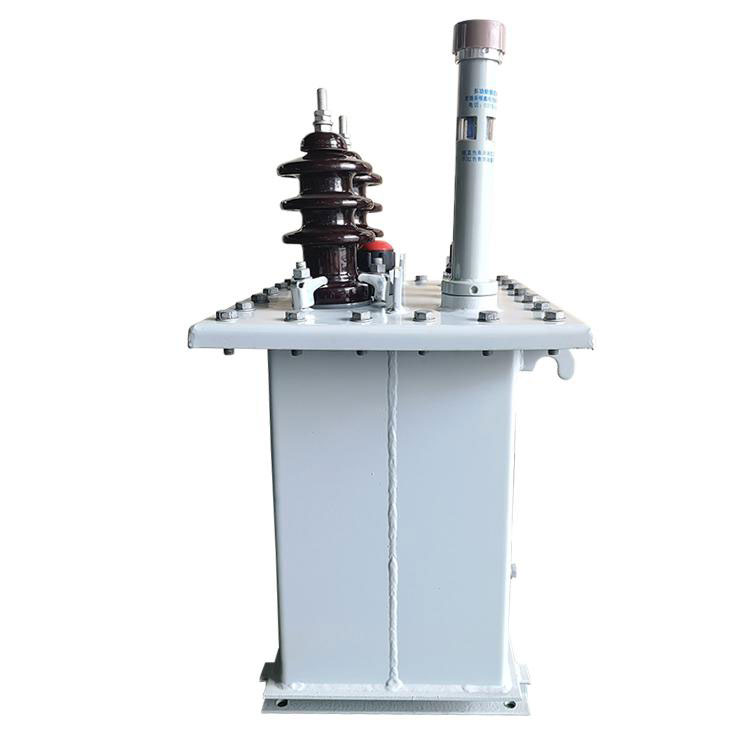- English
- Español
- Português
- русский
- Français
- 日本語
- Deutsch
- tiếng Việt
- Italiano
- Nederlands
- ภาษาไทย
- Polski
- 한국어
- Svenska
- magyar
- Malay
- বাংলা ভাষার
- Dansk
- Suomi
- हिन्दी
- Pilipino
- Türkçe
- Gaeilge
- العربية
- Indonesia
- Norsk
- تمل
- český
- ελληνικά
- український
- Javanese
- فارسی
- தமிழ்
- తెలుగు
- नेपाली
- Burmese
- български
- ລາວ
- Latine
- Қазақша
- Euskal
- Azərbaycan
- Slovenský jazyk
- Македонски
- Lietuvos
- Eesti Keel
- Română
- Slovenski
- मराठी
- Srpski језик
16 Kva Single Phase Pole Mounted Transformer
Send Inquiry
Video
16 kva single phase pole mounted transformer Energy Saving Operations:
1. Proper Selection of Transformer Capacity
Pole mounted Transformers are stationary electrical equipment with high efficiency, typically exceeding 96% under rated conditions. However, this high efficiency is not achievable in all situations; it depends on the transformer's load factor. The actual operating state of a transformer can be roughly divided into three regions:
1) Optimal Economic Operation Region (Optimal Region): Generally falls between 25% and 75% of the rated load. Efficiency is high in this range.
2) Economic Operation Region (Economic Region): Generally spans from 15% to 100% of the rated load. Efficiency remains reasonable within this range.
3) Suboptimal Operation Region (Non-Economic Operation Region, formerly known as "oversized capacity" region): Typically below 10%-20%, with low efficiency in this range.
2. Selection of Energy-Efficient pole mounted Transformers
S20 and S22 series 10kV pole mounted transformers, currently manufactured in China, are low-loss products. Compared to the S11 series, they can reduce no-load losses by 15% and load losses by 30%. This results in significant energy savings and offers advantages like reduced weight, smaller size, lower losses, lower no-load current, reduced noise, strong short-circuit resistance, and noticeable energy savings.
3. Use of Reactive Power Compensation Equipment to Improve Power Factor
Pole mounted Transformers consume different levels of active and reactive power depending on the power factor. As the power factor increases, both active and reactive power consumption of the pole mounted transformer decreases. Maintaining a stable and reasonably high power factor is a crucial energy-saving measure in power systems. Therefore, measures to improve the power factor and reduce the operating temperature of pole mounted transformers can keep them operating at their best conditions or close to it. When the required power factor is not achieved (typically not lower than 0.9), reactive power compensation equipment should be used to improve the power factor.
4. Opt for the Replacement of Inefficient pole mounted Transformers to Achieve Energy Savings
Pole mounted Transformers should not be replaced only after they are damaged; instead, they should be replaced when they have aged to a certain extent and still hold some residual value, typically after around 20 years. By replacing low-efficiency, high-energy-consuming transformers with efficient energy-saving transformers, substantial yearly energy savings can be achieved. For instance, in our station, the replacement of an old transformer with a new energy-efficient transformer resulted in annual energy savings of 3241.2 kWh in active power and 39244.8 kVARh in reactive power, totaling 5606.4 kWh in comprehensive energy savings.
5. Avoid Operating pole mounted Transformers at No Load
For pole mounted transformers that remain at no load for an extended period, it is advisable to shut them down promptly, which can significantly reduce line losses. For example, the no-load loss of a 35kV 1600kVA transformer in our facility is 2095W. Stopping its operation for one day reduces energy loss by 50.28 kWh, and for a month, the reduction in energy loss amounts to 150.84 kWh.
6. Lower Transformer Temperature
The resistance of pole mounted transformer windings increases with higher temperatures. For the same pole mounted transformer under the same load, lower temperatures result in lower losses. Therefore, proper cooling measures should be implemented to reduce the temperature of pole mounted transformers.
16 kva single phase pole mounted transformer Parameter:
| Rated Capacity: | 16 kVA; |
| Mode: | D11-M-16 or depends; |
| Primary Voltage: | 7620V, 11547V, 13800V, 30000V or depends ; |
| Secondary voltage: | 230V, 250V, 460V,or depends; |
| No Loading Loss: | 50 W ±10%; |
| Loading Loss: | 195 W ±10%; |
| Cooling method: | Oil Nature Air Nature; |
| Rated Frequency: | 50 or 60Hz; |
| Temperature Rise(oil top/winding average): | 60K/65K or depends; |
| Working temperature: | -40 ℃ to 40 ℃. |
CONSO·CN 16 kva single phase pole mounted transformer Detail:

Front Mounted
|

Side Mounted
|

Single Phase Transformer
|

Single Pole Mounted
|
CONSO·CN 16 kva single phase pole mounted transformer Workshop:
|
Winding Workshop |
Coil Drying Area |
Oil Filling Area |
Finished Product Area |
16 kva single phase pole mounted transformer Testing Center:

16 kva single phase pole mounted transformer Producing Equipment:
|
Transformer Oven |
Casting Equipment |
Foil winding machine |
CONSO·CN 16 kva single phase pole mounted transformer Ready to Ship:

Package method:
|
Wooden Box |
Steel Structure |





















